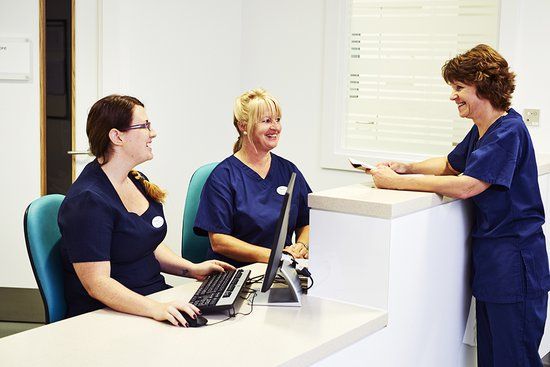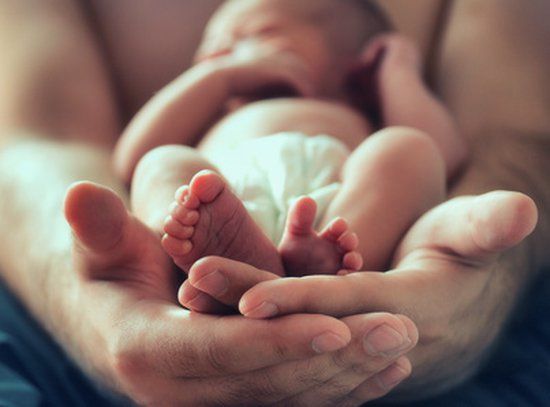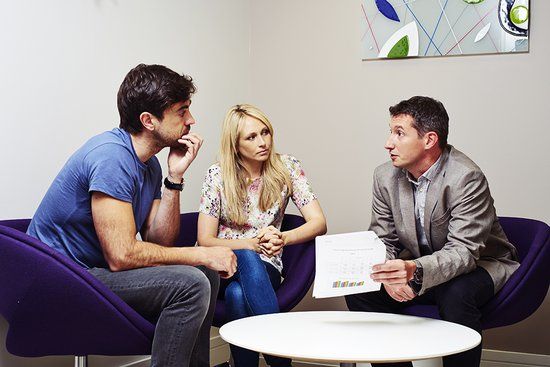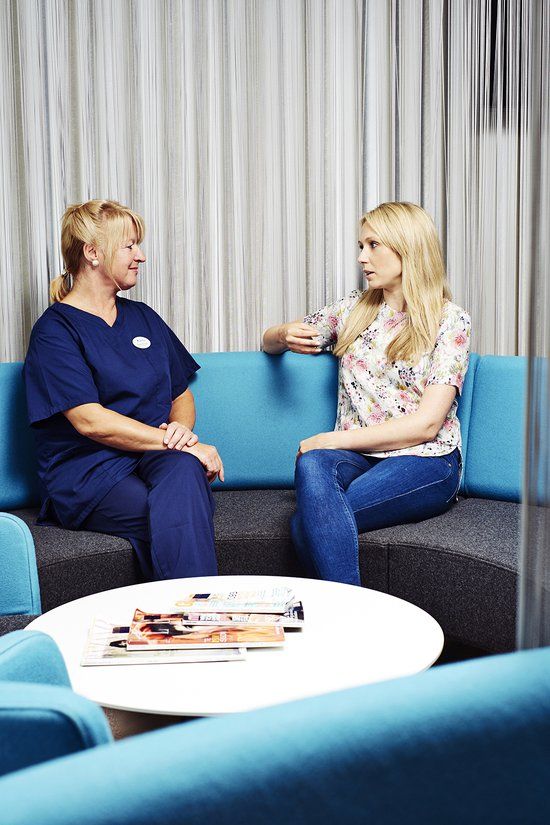A recent article in the media highlighted ‘natural cycle’ IVF which some doctors are claiming to have success with, particularly when treating older women whose only other hope would be donor eggs.
Natural cycle IVF is when you don’t use high doses of fertility drugs to boost egg production, instead opting for a drug-free approach.
And although some doctors are reporting a good success rate with this method, it is not an option we would typically recommend if you’re an older woman with a low egg reserve. Why?
What’s important to remember is that when you undergo natural cycle IVF, there is only one egg which can be fertilised – the one you have matured naturally - instead of multiple mature eggs resulting from the use of drugs. So this means you may need to go through many cycles of IVF before you see any success – and of course this means higher costs.
Doctors who have recently used natural cycle IVF to treat older mothers say they have seen an improved success rate, but that this is actually down to the improvements in ultrasound scans done to monitor egg production, coupled with improvements in laboratory techniques, so there’s less need to collect multiple eggs.
Of course what’s important with any IVF cycle, whether drug-free or not, is not the quantity of eggs produced but the quality. It only takes one good quality egg to result in a baby, regardless of your age. But in most cases for older women, there often aren’t the quality eggs needed, and as such we would usually recommend the use of donor eggs because it has a better chance of resulting in pregnancy.
Last updated: 13th January 2020






